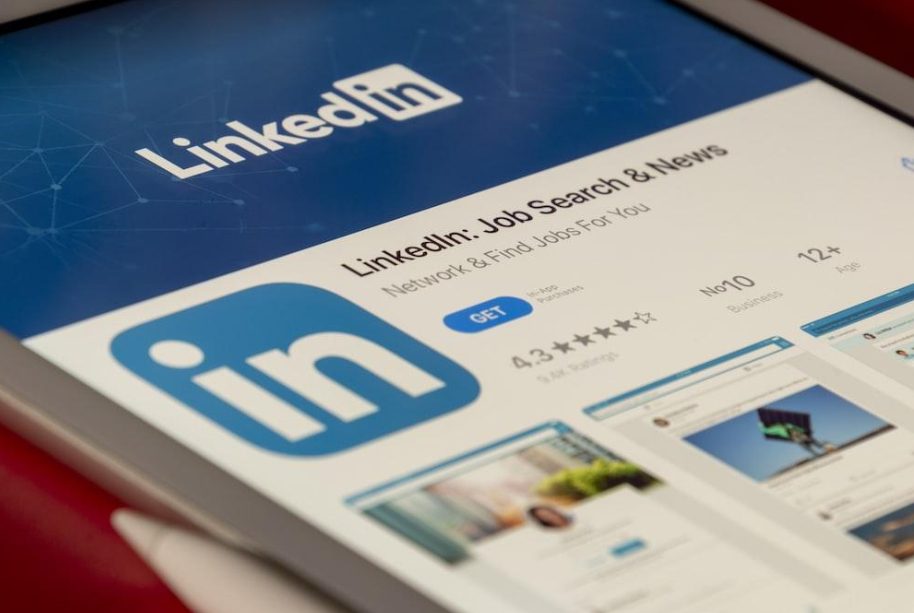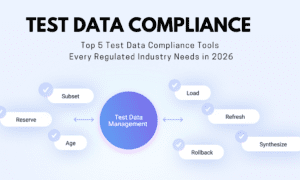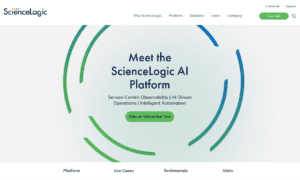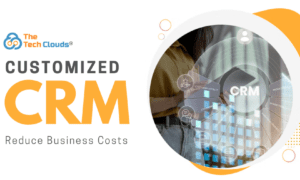LinkedIn has emerged as a powerhouse for B2B (business-to-business) marketing. With its unique positioning as a professional networking platform, LinkedIn provides an ideal environment for businesses to connect with their target audience and drive growth.
This article explores the various strategies and best practices for leveraging LinkedIn for B2B marketing success, including LinkedIn strategy for B2B, LinkedIn posts strategy, B2B LinkedIn campaigns, and the best LinkedIn post strategy.
Understanding the Power of LinkedIn for B2B Marketing
LinkedIn, with its 774 million users worldwide, is often referred to as the “professional’s social network.” This platform offers a distinct advantage for B2B marketers: it’s a space where professionals gather to connect, share insights, and seek new opportunities.
The primary goal of B2B marketing is to establish meaningful relationships, generate leads, and ultimately drive sales. LinkedIn’s business-focused user base and its array of features make it the ideal platform for achieving these objectives.
Developing a LinkedIn Strategy for B2B Success
Define Your Objectives: Before diving into any marketing campaign, it’s crucial to outline your goals. Whether you’re looking to generate leads, boost brand awareness, or drive website traffic, your LinkedIn strategy should align with your objectives. A well-defined strategy is the foundation for success.
Audience Research: Knowing your audience is pivotal. B2B marketing on LinkedIn demands a deep understanding of your target audience, including their roles, challenges, and preferences. Use LinkedIn’s advanced search and analytics tools to gather insights.
Optimize Your Profile: Your LinkedIn Company Page or personal profile is your digital storefront. Ensure that it’s complete, professional, and aligned with your branding. Use relevant keywords in your profile to enhance discoverability.
Content Creation: Quality content is king on LinkedIn. Share insightful articles, infographics, videos, and case studies that resonate with your target audience. The best LinkedIn posts are educational, informative, and engaging. Remember to use visuals and hashtags to increase reach.
Consistency: Regular posting keeps your audience engaged and aware of your brand. Create a content calendar to maintain consistency, and schedule posts during peak engagement times.
Engagement: Don’t just post content and forget about it. Engage with your audience by responding to comments, asking questions, and participating in discussions. Engagement fosters relationships and builds trust.
LinkedIn Ads: Consider using LinkedIn’s advertising options, such as sponsored content and sponsored InMail, to reach a broader audience. These can be particularly effective for B2B lead generation.
LinkedIn Posts Strategy: Crafting Engaging Content
Crafting effective LinkedIn posts is essential to your B2B marketing success. The best LinkedIn post strategy involves a combination of various post types to keep your audience engaged.
Educational Content: Share valuable insights, industry trends, and how-to guides. Position yourself as an industry thought leader by providing educational content that addresses your audience’s pain points.
Case Studies: Real-world success stories showcase the value of your products or services. Share detailed case studies highlighting how your offerings have solved specific problems for your clients.
Company Updates: Keep your audience informed about your business’s latest achievements, milestones, and developments. These updates help build trust and transparency.
Industry News: Share and comment on the latest news and trends in your industry. This demonstrates that you are up-to-date and engaged in your field.
Interactive Content: Host polls, surveys, and contests to engage your audience. These posts encourage active participation and can help you gather valuable data.
Video Content: Videos are increasingly popular on LinkedIn. Create short, attention-grabbing videos that convey your message concisely and visually.
Long-Form Articles: Write in-depth articles on relevant topics. LinkedIn’s algorithm favors long-form content that keeps users on the platform.
Infographics: Visual content like infographics conveys information quickly and effectively. Use them to summarize complex concepts or statistics.
Running B2B LinkedIn Campaigns
LinkedIn campaigns are an essential part of your B2B marketing strategy. They allow you to reach a specific audience with targeted messaging.
Here’s how to create effective B2B LinkedIn campaigns:
Set Clear Goals: Every campaign should have well-defined objectives. Whether it’s lead generation, website traffic, or brand awareness, knowing your goal helps you tailor your campaign.
Audience Targeting: Use LinkedIn’s robust targeting options to reach your ideal prospects. You can filter by job title, company size, industry, and more.
Ad Formats: LinkedIn offers various ad formats, including sponsored content, sponsored InMail, and display ads. Choose the format that aligns with your campaign goals.
Compelling Ad Copy: Craft compelling ad copy that speaks directly to your audience’s pain points and interests. Use strong, action-oriented language.
Visuals: Eye-catching visuals are key to capturing attention. Use high-quality images and graphics that align with your brand.
A/B Testing: Experiment with different ad variations to determine what works best. Test headlines, visuals, and ad copy to optimize your campaign’s performance.
Budget Management: Set a reasonable budget and monitor your campaign’s performance regularly. LinkedIn provides insights and analytics to help you assess your ad’s effectiveness.
Lead Generation Forms: Consider using LinkedIn Lead Gen Forms to simplify the lead generation process for users. These forms can be directly integrated with your CRM system.
Best LinkedIn Post Strategy for B2B Success
The best LinkedIn post strategy encompasses a combination of the elements discussed above. However, a few additional tips can further enhance your B2B marketing success on the platform:
Leverage Employee Advocacy: Encourage your employees to share and engage with your company’s posts. Their personal networks can significantly expand your reach.
Use Analytics: Regularly analyze your LinkedIn Page and campaign analytics to understand what’s working and what needs improvement. Adjust your strategy accordingly.
Networking: Actively network with industry professionals, both within and outside your company. Building relationships on LinkedIn can lead to valuable partnerships and opportunities.
Content Collaboration: Collaborate with industry influencers and other businesses to co-create content. Joint efforts can expose your brand to new audiences.
Content Calendar: Plan your content well in advance with a content calendar. This ensures consistency and helps you align your posts with upcoming events and trends.
Engage in Groups: Join and participate in LinkedIn Groups relevant to your industry. This can be a great way to share your expertise and connect with potential clients or partners.
LinkedIn is a powerful platform for B2B marketing success. A well-thought-out LinkedIn strategy for B2B, coupled with an effective LinkedIn posts strategy and targeted B2B LinkedIn campaigns, can help you achieve your marketing objectives.































